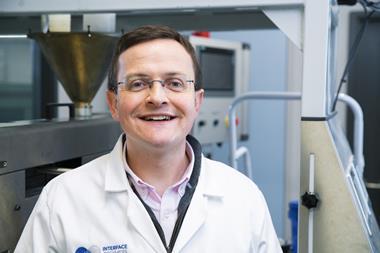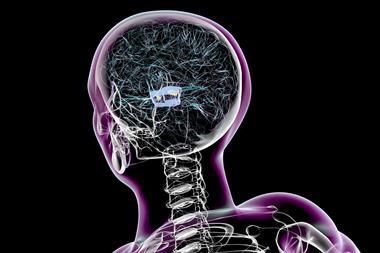US researchers develop portable genetic analysis device.
US researchers develop portable genetic analysis device.
US researchers have developed a portable genetic analysis device which they hope will enable medical staff to make rapid and specific diagnoses of disease pathogens and select antibiotics more effectively. With superbugs invading our hospitals, primarily because of blanket antibiotic use, the device comes at a key time.
The team from the University of California, Berkeley, US, combined microchip PCR (polymerase chain reaction) amplification with capillary electrophoresis (CE) separation in a glass wafer sandwich the size of a microscope slide. The PCR chamber and CE channels are etched onto one glass substrate while a second contains a resistance-temperature detector and heater. According to Richard Mathies, who led the research team, the prototype device is only the size of a shoebox and weighs 10 kg.
In tests on three different strains of Escherichia coli and on Staphylococcus aureus the device detected the serotype and pathogenic status of cells simultaneously in as little as 30 minutes. This takes it a leap ahead of standard techniques which are far slower and which can detect only one or the other of these characteristics. Now that they have tested the feasibility of the device, the researchers are working on smaller reactors and are using specific capture and concentration chambers ’to extend the dynamic range and concentration limit of detection’.
Mathies expects to be able to reduce the size and mass of the device by more than 75 per cent. He predicts that ’with such a portable system it will be possible to perform point-of-care analyses for the detection of pathogens and infectious disease as well as their genotyping’. He hopes that, armed with this information, healthcare workers will be able to administer the correct antibiotic. ’Such portable systems would also be useful in monitoring water and food supplies for contamination,’ adds Mathies.
The team is also adapting affinity capture methods with a view to using them to preconcentrate samples. According to Mathies, ’the methods that we have in mind would use antibodies for bacterial target capture and purification as the first stage of analysis. This process allows us to isolate minute amounts of bacterial pathogens from large volumes of contaminated material and purify away materials that might interfere with the assay’.
Emma Davies
References
E T Lagally et al, 2004, Anal. Chem., DOI: 10.1021/ac035310p <MAN>b314463c</MAN>






No comments yet